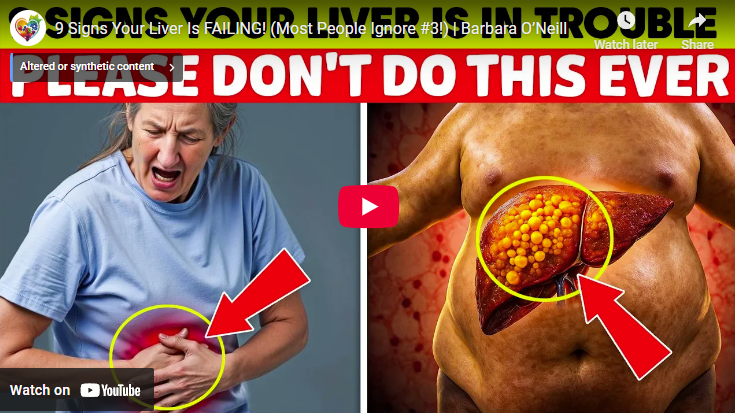
Understanding the Urgent Signals of Fatty Liver Disease
Have you ever wondered if those minor signs—the unusual tiredness, skin discoloration, or even slight swelling—could be your body urging you to pay attention? The liver, a crucial organ in our bodies, plays an essential role in several bodily functions. Yet, when it becomes inflamed or damaged due to fatty liver disease, which affects nearly 25% of adults globally, the warning signals can often be overlooked.
In '9 Signs Your Liver Is FAILING! (Most People Ignore #3!)', the video highlights crucial warning signs related to fatty liver disease, prompting us to delve deeper into understanding these symptoms and their implications.
Common Symptoms That Should Not Be Ignored
Fatigue, for instance, is one of the earliest indicators that something may be wrong with your liver. Many dismiss it as a regular part of daily life. However, when the liver fails to function properly due to excess fat buildup, it can lead not only to fatigue but also to more severe consequences like liver scarring and increased risks of diabetes and heart disease. This chronic condition, known as non-alcoholic fatty liver disease (NAFLD), often goes unnoticed until symptoms worsen.
The Danger of Dismissing Minimally Obvious Signs
The signs can be subtle, like abdominal discomfort or elevated liver enzymes detected in routine blood tests. Yet, a more pronounced symptom such as jaundice—a visible yellowing of the skin and eyes—often indicates a critical point where liver function is impaired significantly. Other symptoms like swelling in the legs and abdomen or easy bruising also emerge as the liver struggles to manage its essential tasks.
Prioritize Your Liver Health: Early Intervention Matters
Recognizing these symptoms and understanding their implications should motivate you to take action. Make sure to consult with healthcare providers for blood tests that check liver enzyme levels and screen for potential fatty liver disease. Early detection through lifestyle changes like a balanced diet and regular exercise can reverse damage and improve liver health.
If you find yourself grappling with unexplained symptoms, don't wait. The proactive steps you take now can safeguard your health in the long run.
 Add Row
Add Row  Add
Add 




Write A Comment